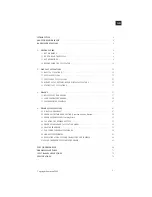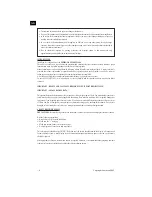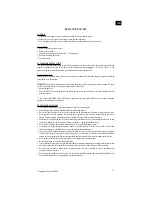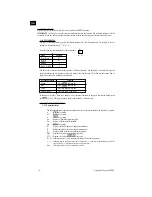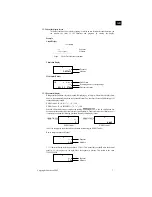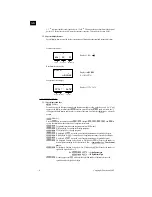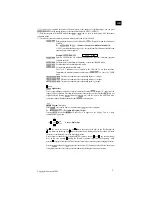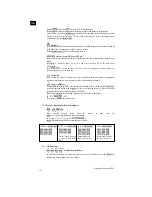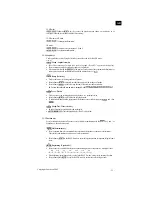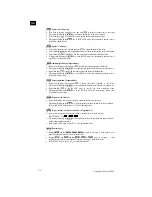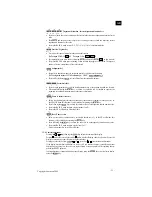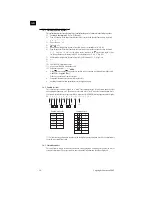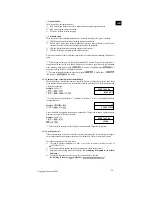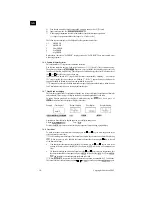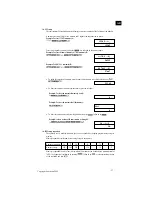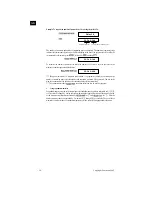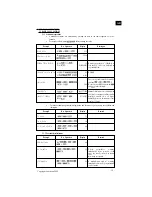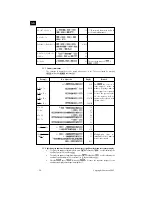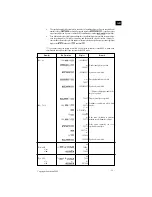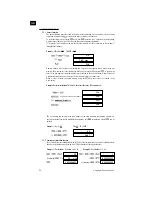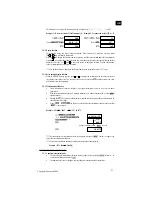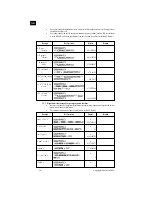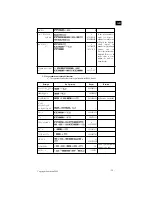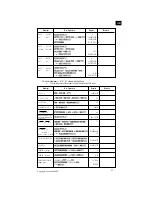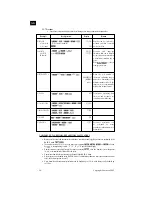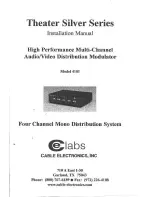
GB
Copyright L
EXIBOOK
2002
- 14 -
1.4 BEFORE USING THE CALCULATOR
1.4.1 Calculation priority sequence
This calculator employs true algebraic logic to calculate the parts of a formula in the following order:
1) Coordinate transformation: Pol (x, y), Rec(r,
θ
)
2) Type A functions: With these functions, the value is entered and then the function key is pressed.
x
2
, x
-1
, x
!
, °,
r
,
g
, °’ ”
3) Power / Root: x
y
, x
√
4) Fractions: a
b/c
5) Abbreviated multiplication format in front of
π
, memory or parenthesis 2
π
, 4R, etc.
6) Type B functions: With these functions, the function key is pressed and then the value is entered.
√
,
3
√
, log, ln, e
x
, 10
x
, sin, cos, tan, arcsin, arccos, arctan, sh, ch, th, argsh, argch, argth, (-), Abs,
Int, Frac, parenthesis, (following in BASE-N calculations only) d, h, b, o, Neg, Not
7) Abbreviated multiplication format in front of Type B functions: 2
√
3, A log2, etc.
8) x,
÷
9) +, -
10) and (BASE-N calculations only)
11) or, xor, xnor (BASE-N calculations only)
12) Relational operators <, >,
≠
, =, <, >›
●
When functions with the same priority are used in series, execution is performed from right to left
e
x
ln
√
120 = exp([ln(
√
120)]
Otherwise, execution is from left to right.
●
Compound functions are executed from right to left.
●
Anything contained within parentheses receives highest priority.
1.4.2 Number of stacks
This calculator uses a memory known as a “stack” for temporary storage of low priority numeric values
and commands (functions, etc.). The numeric value stack has 10 levels, while the command stack has 24.
If a formula exceeds the stack space available, a stack error (Stk ERROR) message appears on the display.
Ex. 2 x ( ( 3 + 4 x ( 5 + 4 )
÷
3 )
÷
5 ) + 8 =
(1) (2) (3) (4) (5)
1 2 3 4 5 6 7
Numeric stack value
Command stack
(1)
2
(2)
3
(3)
4
(4)
5
(5)
4
....
1
x
2
(
3
(
4
+
5
x
6
(
7
+
....
*** Calculations are performed in sequence, with the highest priority operation first. Once a calculation is
executed it is cleared from stack.
1.4.3 Calculation modes
This unit features modes for manual calculations, storing programs, and modes for general as well as
statistical calculations. The proper mode to suit calculational requirements should be employed.



